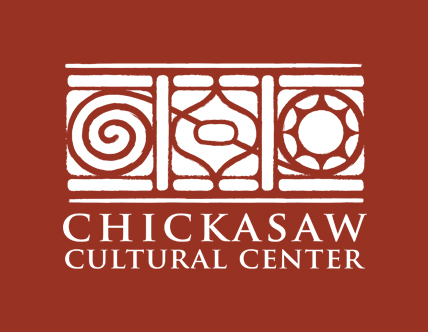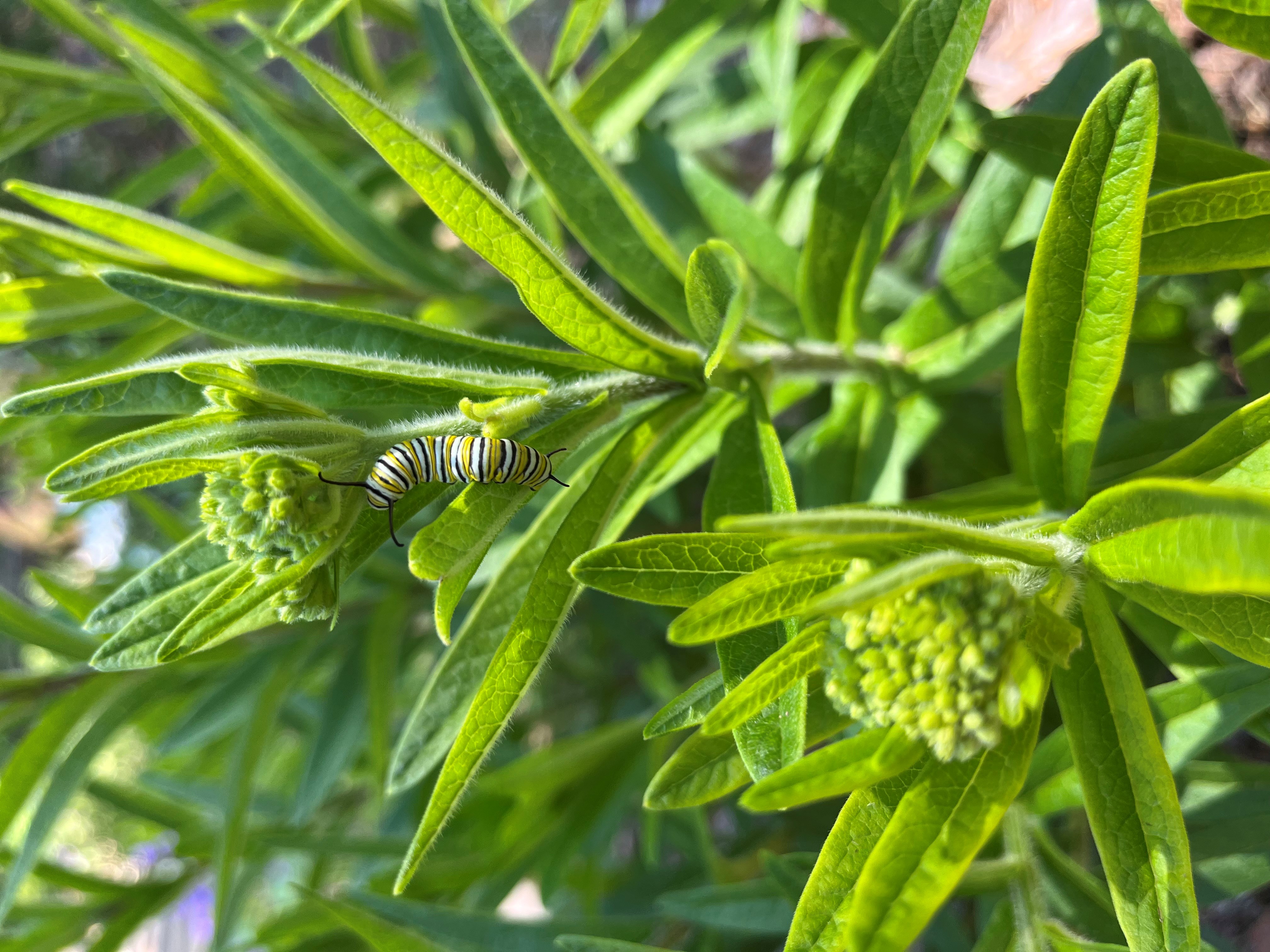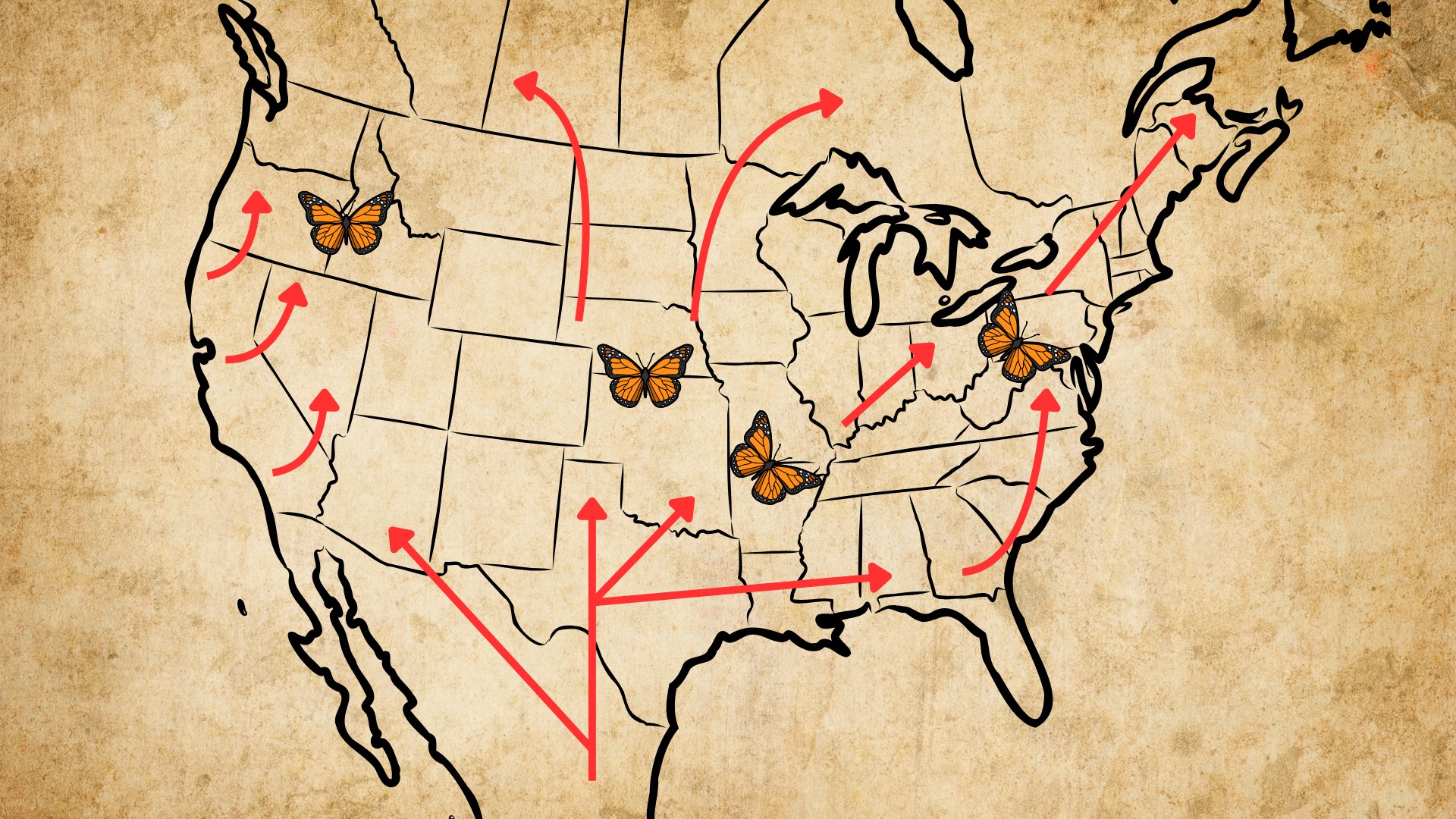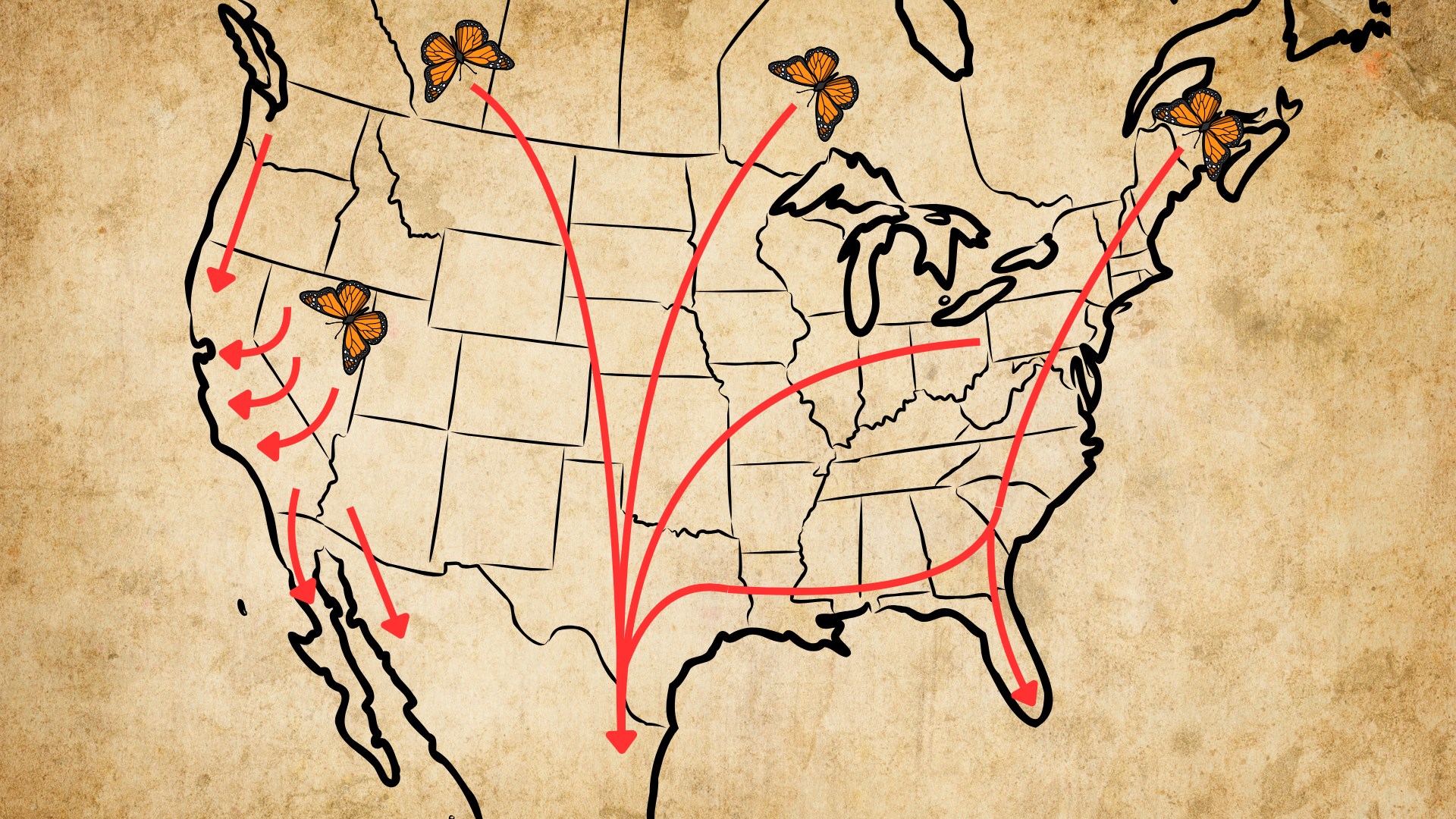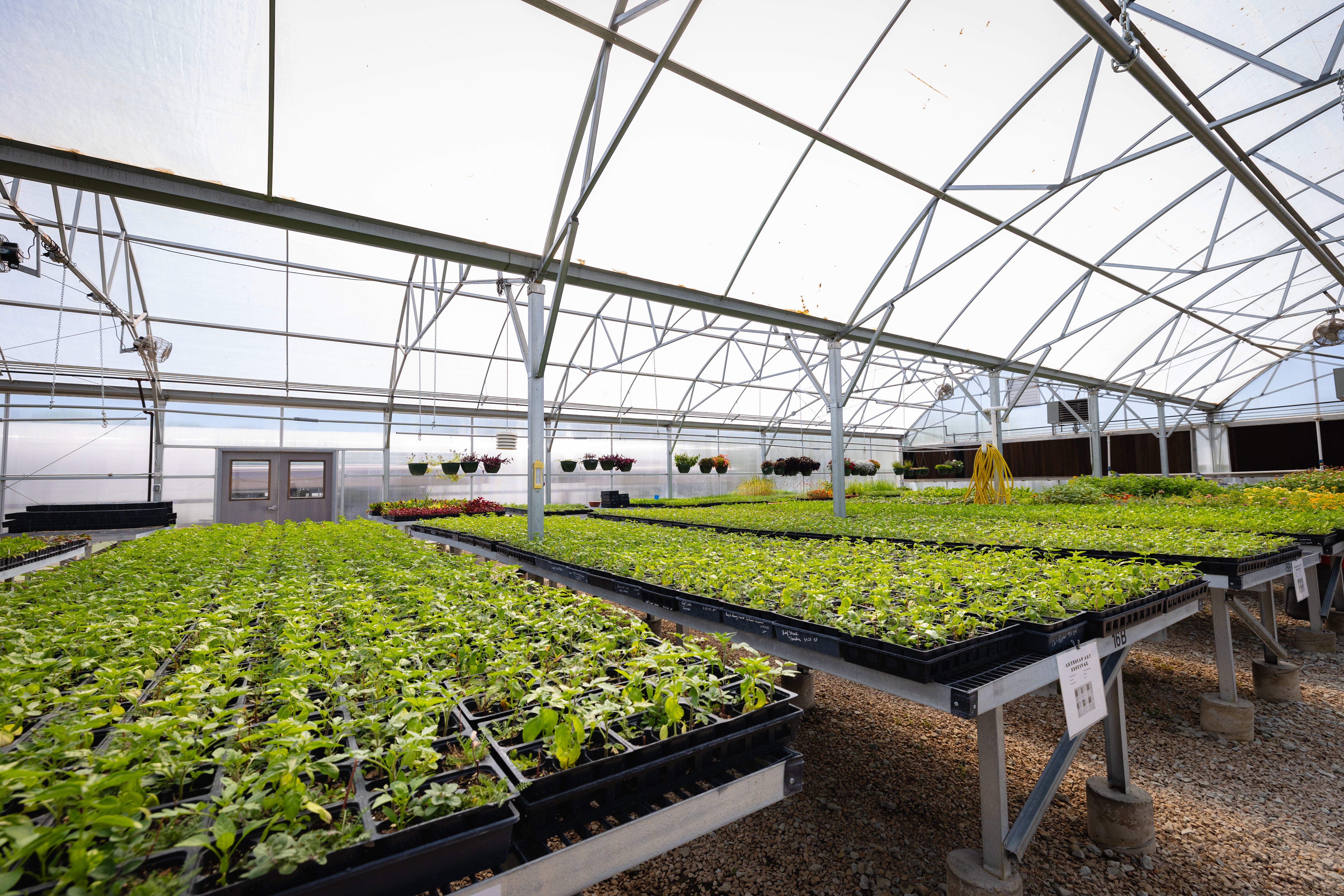The monarch butterfly contributes to the health of our planet by pollinating many types of plants, supporting ecosystems all along its migratory path across North America.
According to the National Fish and Wildlife Foundation, over 900 million monarch butterflies have vanished in the past 20 years. This severe decline in their population has caused the International Union for Conservation of Nature to classify the monarch butterfly as a vulnerable species, and the U.S. Fish and Wildlife Service has proposed the monarch to be a threatened species under the Endangered Species Act.
Many factors are contributing to the decline of the monarch butterfly: land development, environmental changes, severe weather and pesticides have a significant impact. However, the primary cause is a severe loss of milkweed. This native North American plant is the only food monarch caterpillars can eat, and the only place the butterflies lay their eggs.
